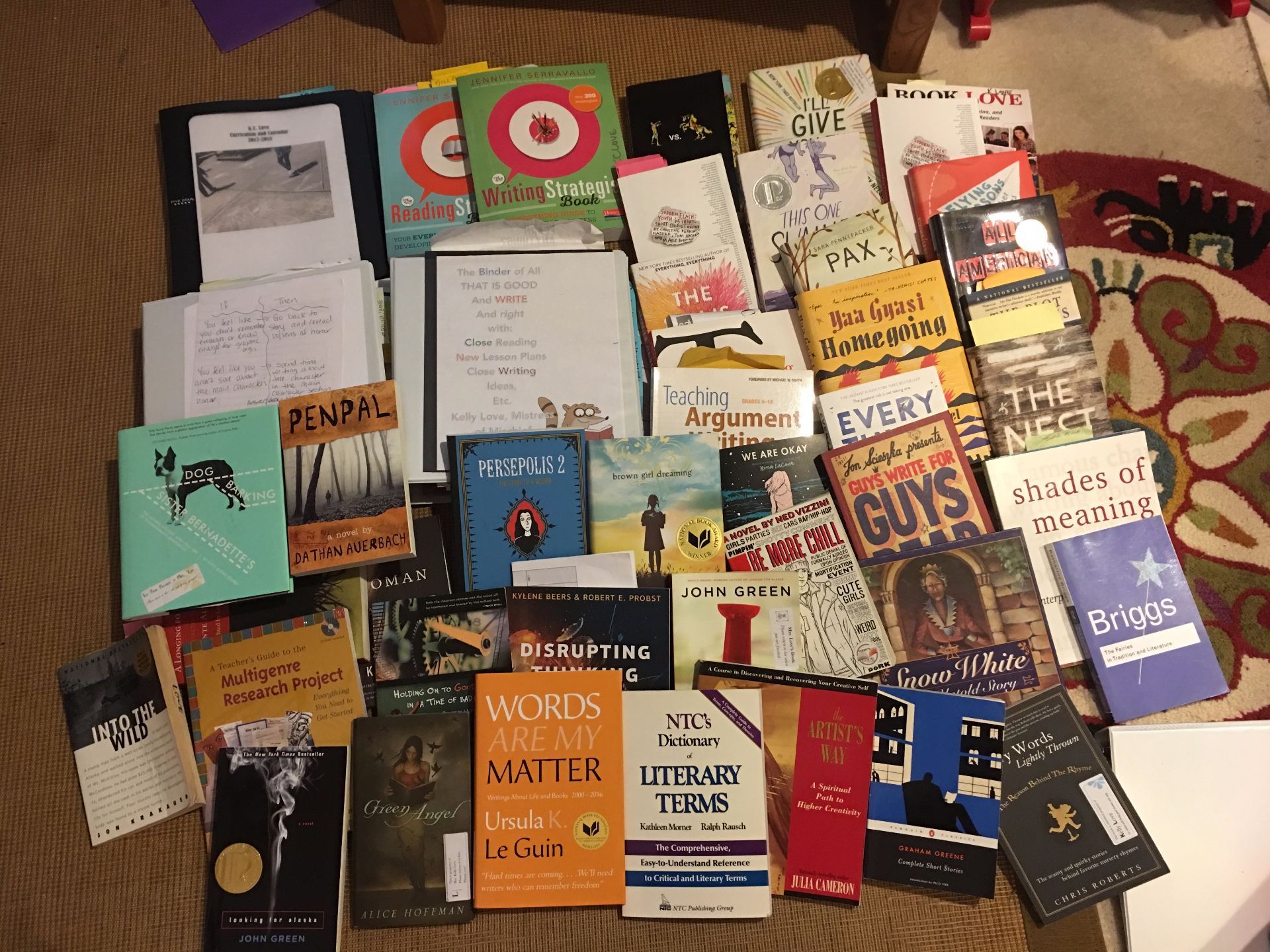
Are there two kinds of people in this world? Those who X or those who Y? Or maybe that is the paradox, thinking we can be this or that. But if I was the kind of person who asks if there are two kinds of people, (which I’m not) I would ask if you like The Giving Tree by Shel Silverstein.
You know the book– the story begins with a boy and a tree, and the tree, or Tree, ends up giving the boy everything and ends up being a stump for the boy, now an old man, to sit on and rest.
“Once there was a tree…and she loved a little boy.”
How do you feel about The Giving Tree by Shel Silverstein?
[formidable id=”7″]
Do you ever feel tapped out by the financial and emotional demands of teaching? I sure do. This week alone there were tens of broken pencils on the ground. Stolen candy. Requests to buy T-shirts for ourselves for the school fundraiser. Requests to pitch in for the staff morale committee (12 years x $20 = $240, of which I’ve never received a card, birthday cake, or any acknowledgment or benefit. I’ve been in the hospital, my husband had surgery, and yeah); also, requests to pitch in more money for a friend’s birthday present (I have the misfortune of having a birthday during the midwinter break). I pledged $40 to the fundraiser already. Good thing it was payday yesterday…oops, and it’s gone.
Over the summer I thought ahead and made sure I would have Lord of the Flies books, spending my time and goodwill with friends and family, begging them to donate the books I thought I would be using this fall. Like the Little Red Hen, I planned ahead, spending hours over the summer creating and curating important resources, building on research, professional judgment, and knowledge. And this week I planned lessons, shared knowledge, gave away books, bought a new teacher a $30 gift card for Amazon so she would be able to get a few books, got a request for books for a teacher returning to her classroom, and let’s not forget the four current natural disasters (although one could argue the ferocity of the Level 5 Hurricanes is man-made). There are teachers in Texas and Florida trying to rebuild their classrooms and schools.
So the teachers who are teaching 8th grade ELA this year asked me for the Lord books, and I handed over the box and then went to my room and cried. Those were my brand-new books with really cool book cover illustrations. They didn’t even have my name on them yet. I wanted to write my name. I have black Sharpies. They’re mine.
For me.
New.
Mine.
Later, I asked them both if we could please compromise, and they’re great colleagues, and I’m sure they will. But it wasn’t easy for me to speak up.
It’s so hard for people, and I could make a strong case for women especially (see The Giving Tree reference if you’re confused) to say no. Women have different sins than men. The sin of selfishness. The sin of owning things. The sin of hard work and time not being for everyone else’s benefit but their own.
My family takes emotional energy, in the best of ways, but in hard ways, too. Jobs, health, dreams, goals: mothers/wives circle around the members making sure everyone has what they need, and if she doesn’t, is thought of as toxic or dysfunctional. My own brilliant husband told me the other day he thought I planned stuff because I liked it. After 25 years he still has some things to learn about me. Because I am good at something doesn’t mean I like to do it.
So here to permission for us all to say No, or I can’t make it. Perhaps another time. Or just back to “no?”
I’ll share a secret, too. Teaching ELA is the best teaching gig ever. Books, stories, creativity, imagination…and oh, did I mention the books?!
In Computer Essentials I answered the same repetitive, mind-numbing questions because students wouldn’t read a sentence or two of instructions. They don’t know how to talk to each other, no matter how many strategies I scaffolded.
But as far as not knowing, yet, how to do and collaborate, I don’t blame them: they have a pass with me. They’re wonderful, and they’re trying. And when they get something, they thank me, and I get a smile in return.
It may not be a coffee mug, but those smiles keep me going.



